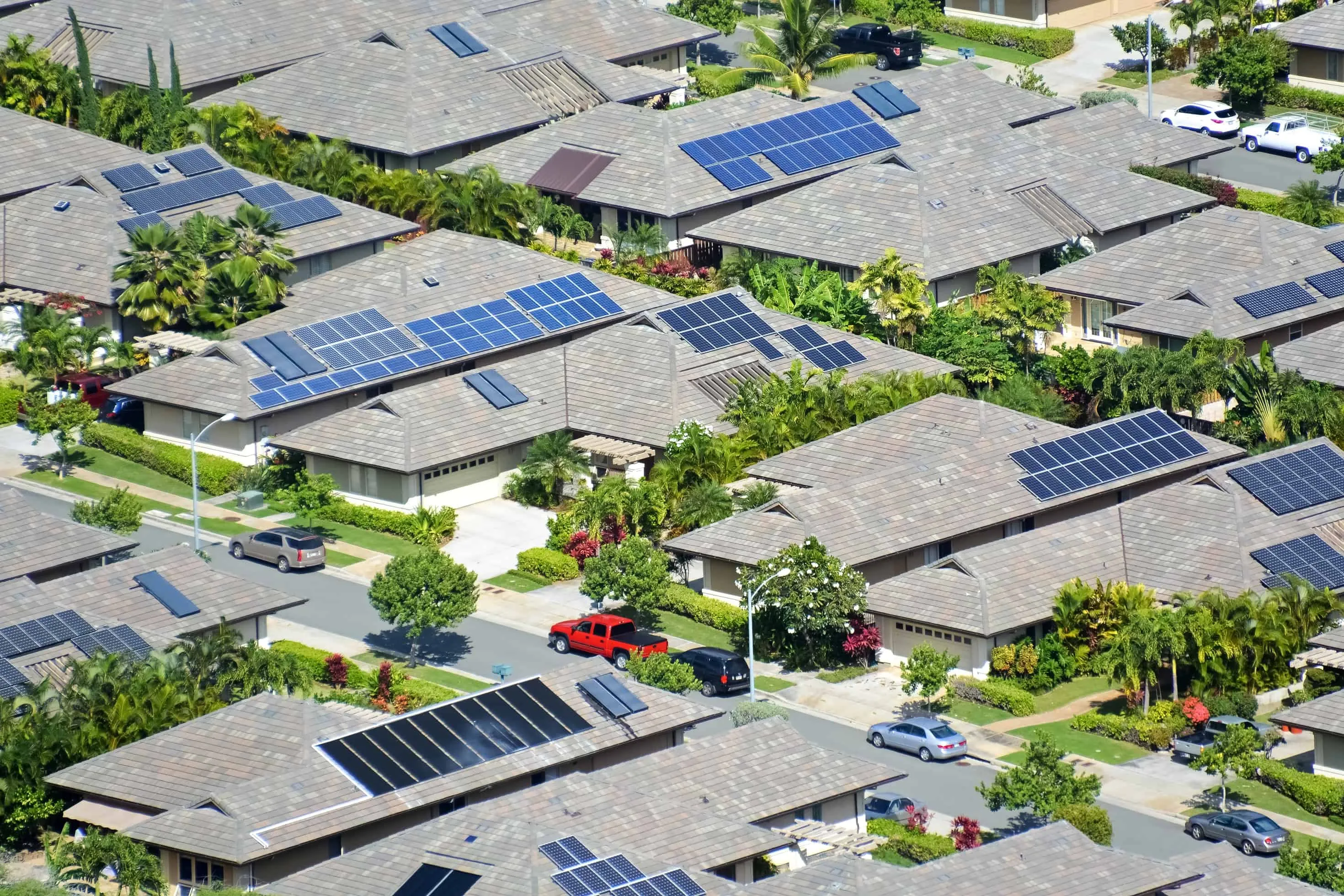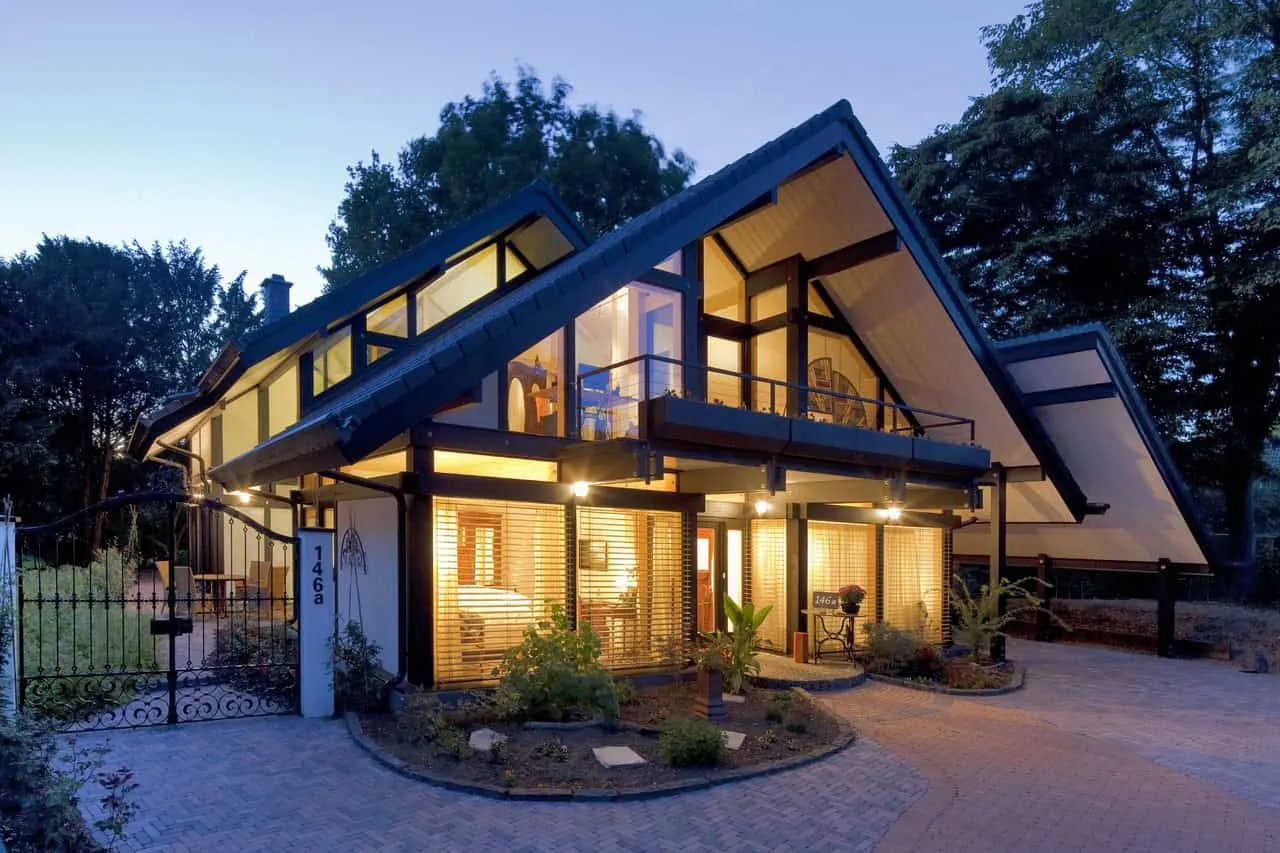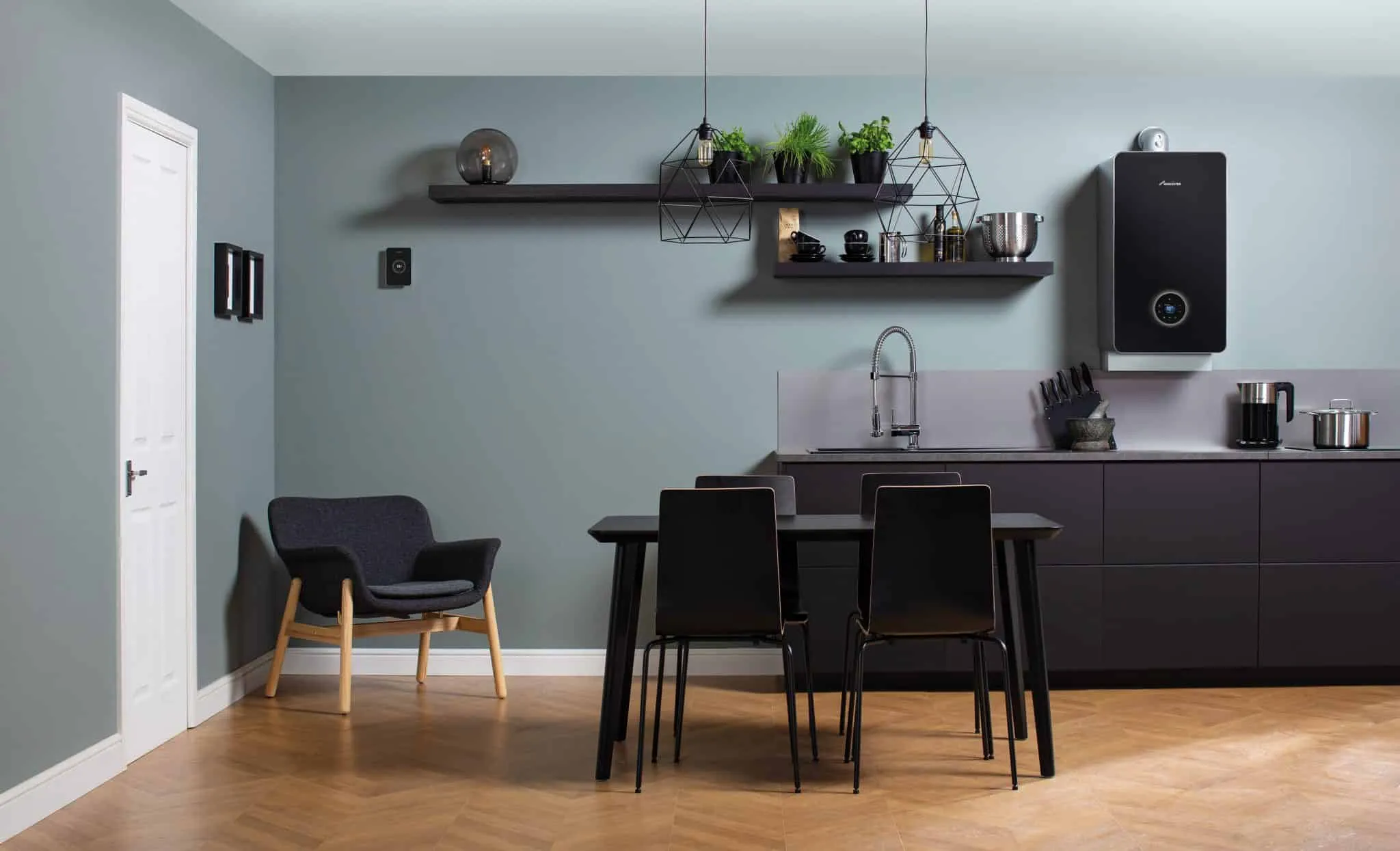There can be your advertisement
300x150
How to Make Your Home Energy Efficient
Since climate issues are becoming an obvious reality for all of us, redirecting our attention to reducing carbon footprint is critically important. Housing is one of the main sources of global carbon emissions. Your home plays a big role in this issue—from air conditioner operation to maintaining lighting and using multiple appliances throughout the day.
Therefore, the key to fighting the climate crisis is creating an energy-efficient home. But how can you ensure a greener lifestyle in your home in the coming years and at what cost? Here are answers to all complex questions related to energy efficiency.
Since climate issues are becoming an obvious reality for all of us, redirecting our attention to reducing carbon footprint is critically important. Housing is one of the main sources of global carbon emissions. Your home plays a big role in this issue—from air conditioner operation to maintaining lighting and using multiple appliances throughout the day.

Therefore, the key to fighting the climate crisis is creating an energy-efficient home. But how can you ensure a greener lifestyle in your home in the coming years and at what cost? Here are answers to all complex questions related to energy efficiency.
What Is a Zero Carbon Footprint Home?
A zero carbon footprint home is one that perfectly produces zero carbon emissions. In simple terms, the amount of greenhouse gases produced by your home is offset by the amount removed by the atmosphere. The only way to achieve this is by building homes sustainably and using renewable energy sources to power them.
How Important Are Zero Carbon Footprint Homes?
Reducing the impact of climate change requires some radical measures, especially concerning developed areas. Since homes make up a large part of this space, we must strive for decarbonizing the residential stock. Here are several ways to achieve this.
Install Solar Panels on the Roof
Imagine you could power your entire home with renewable energy. That's exactly what solar energy can provide. Although the installation cost may be high, overall benefits always outweigh costs, making it a reliable source of electricity.
However, solar energy doesn't give you the right to use unlimited electricity. Energy efficiency remains necessary at the same level, if not higher.
Switch to LED Bulbs
If solar energy isn't an option, there are still other ways to reduce energy consumption. LED bulbs are probably one of the most convenient methods for saving energy and money. According to estimates, they consume up to 80% less energy compared to regular bulbs and are also known for their longevity, which saves money and unnecessary trips to the store.
Insulate Walls and Attic
The amount of energy needed to cool or heat your home can significantly affect the environment, especially if walls are not properly insulated. That's why effective insulation is key to reducing energy consumption because it slows down the rate of heat transfer into the house in summer and out in winter. Spray insulation is a reliable option if you want to improve conditions in wall cavities or the attic.
Efficient Laundry and Drying
Most people often overlook the cost of washing and drying clothes, as it never seems like a job requiring energy. However, since heating water for washing is common practice, people don't always realize that simply switching to cold water can significantly lower your electricity bills.
While it's easy to save energy with water, the same isn't true for dryers. A simple solution is hanging clothes on a line, but if you don’t want to do that, make sure your dryer is set to auto mode instead of timer. This ensures the machine stops immediately after sensors detect that your clothes are dry.
Install a Tankless Water Heater
A tankless water heater works by heating water as it flows through pipes, but stops immediately after you close the tap. Although initial costs may outweigh savings, installing a tankless heater will help avoid hassles with large tanks that constantly leak hot water. This means you won’t waste electricity when you don't need hot water, and also save the environment if done long-term.
Improve Your Own Habits
Sometimes reducing energy consumption in your home doesn’t necessarily require purchasing additional energy-efficient products. All you need is to change your habits. Ultimately, turning off appliances and lights when not in use is the simplest way to save on electricity.
There are also ways to reduce usage of energy-intensive appliances. For example, you can achieve the same result by air-drying clothes instead of using a dryer or washing dishes manually rather than using an automatic dishwasher. However, nothing compares to the potential savings from simple behavioral changes such as lowering thermostat temperatures in winter or less air conditioning use in summer.
There are many tools that can help you identify where you spend the most energy at home and which appliances increase your monthly electricity bills.
Invest in Energy-Efficient Windows
Who thinks about windows when it comes to reducing energy consumption? Nobody. However, if you knew how much they impact energy loss, you'd probably replace them all.
Your total heating bill can increase by up to 25% just from heat constantly escaping through windows. Therefore, the first step toward preventing these losses is replacing single-pane glass with double-pane. If your region faces extreme weather conditions, consider buying curtains or protective windows that significantly reduce heat loss.
Conclusion
Making your home energy efficient cannot happen overnight. It will require effort and investment in the right products to reach a state where you can confidently claim your home has a "zero carbon footprint." However, even if the ultimate goal isn't achieving zero carbon emissions, making changes to daily habits can significantly reduce unnecessary energy consumption.
More articles:
 More Eco-Friendly Ways to Build Houses in 2023
More Eco-Friendly Ways to Build Houses in 2023 Green Housing by ONG&ONG in Subang Jaya, Malaysia
Green Housing by ONG&ONG in Subang Jaya, Malaysia Greenhouse: Designing the Optimal Environment for Growing
Greenhouse: Designing the Optimal Environment for Growing Greenstar 8000 Style – Stylish Boilers for Stylish Homes
Greenstar 8000 Style – Stylish Boilers for Stylish Homes Greenstyle: Sustainable Residential Complex by Castello Lagravinese Studio
Greenstyle: Sustainable Residential Complex by Castello Lagravinese Studio Greentown Cloud Mansion Model Hall by WJ Studio: Minimalism Inspired by Art, Nature and Modern Life
Greentown Cloud Mansion Model Hall by WJ Studio: Minimalism Inspired by Art, Nature and Modern Life House in Grid by Estudio VA arquitectos in La Plata, Argentina
House in Grid by Estudio VA arquitectos in La Plata, Argentina House in Grid by FGMF in Brazil
House in Grid by FGMF in Brazil